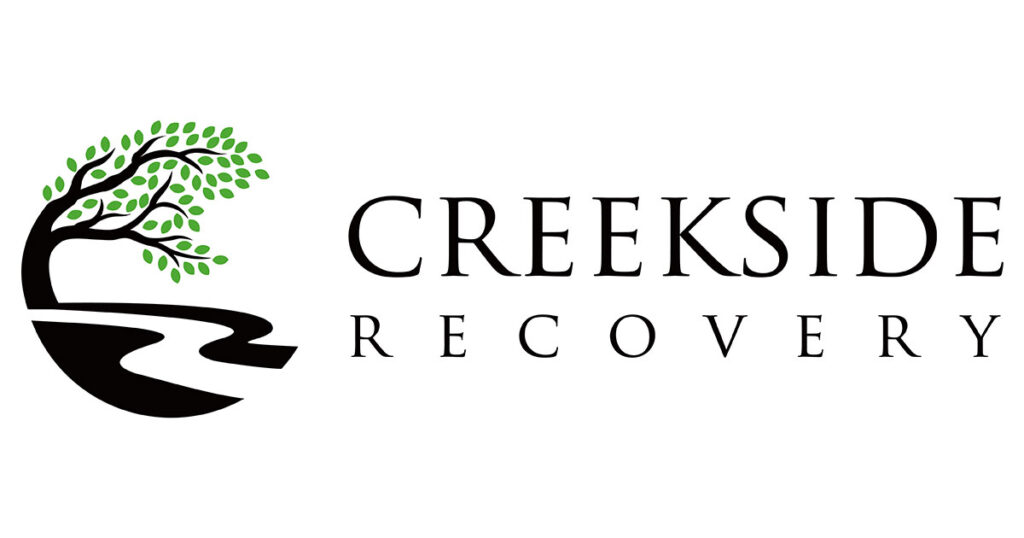Bay Area Drug Treatment

Bay Area Drug Treatment Overview
Bay Area Drug Treatment is an essential service that provides various pathways to recovery for individuals struggling with substance abuse. As a professional with over two decades in the industry, I've witnessed the evolving landscape of treatment options available in this region. From detox programs to holistic therapies, the offerings are vast and cater to diverse needs.
With a focus on individualized care, many facilities ensure that each person's treatment plan is tailored to their specific circumstances. This personalized approach has proven to be particularly effective, leading to higher success rates in recovery.
- Medical Detoxification
- Residential and Outpatient Programs
- Holistic and Alternative Therapies
- Mental Health Support
The Role of Environment in Recovery
One significant aspect of Bay Area Drug Treatment is the emphasis on creating a conducive environment for healing. In my experience, the setting plays a vital role in how well individuals respond to treatment. Facilities like Creekside Recovery in Orinda, CA, offer serene and secure surroundings that promote peaceful recovery.
These environments support various therapeutic activities, such as yoga and meditation, which are integral to reducing stress and fostering mindfulness during the recovery process. By incorporating nature and tranquility, these centers provide an effective backdrop for healing.
Furthermore, the communal aspect of treatment allows individuals to build supportive relationships, which are crucial in maintaining long-term sobriety. The sense of belonging and mutual understanding among peers can significantly boost morale and commitment to staying sober.
Personalized Care and Its Impact
Bay Area Drug Treatment facilities often focus on personalized care to address the unique needs of each individual. This approach involves comprehensive assessments and the development of customized treatment plans. As someone who has guided many through this journey, I've seen how personalized care can transform lives.
By tailoring therapies to cater to one's specific challenges and preferences, treatment centers can improve engagement and outcomes. For instance, some individuals may benefit more from one-on-one therapy sessions, while others might thrive in a group setting.
- Initial Assessment: Evaluate the individual's needs and challenges.
- Customized Plan: Develop a treatment strategy that fits the individual's profile.
- Implementation: Apply the treatment while monitoring progress.
- Adjustment: Modify the plan as needed based on progress and feedback.
What Qualifies as a Bay Area Drug Treatment Emergency?
A Bay Area Drug Treatment emergency is when an individual is at immediate risk due to substance abuse, such as life-threatening withdrawal symptoms or overdose. In these cases, quick access to treatment is vital to prevent serious complications or fatalities.
Recognizing the signs of an emergency involves understanding various symptoms that indicate a severe issue, such as intense cravings, disorientation, or acute physical reactions. These situations necessitate urgent intervention and can dictate the course of treatment.
Ensuring that emergency services are available and accessible is crucial for effective drug treatment in the Bay Area. Facilities often collaborate with local hospitals and emergency services to provide rapid response and transition to appropriate care.
Emerging Trends in Bay Area Drug Treatment
Over the last few years, there have been notable advancements in Bay Area Drug Treatment practices. With the rise of technology, virtual intensive outpatient programs (IOPs) are becoming more prevalent, allowing for greater flexibility and accessibility.
Additionally, more facilities are integrating evidence-based holistic approaches such as art therapy and equine therapy, recognizing their effectiveness in providing emotional and psychological support. These treatments support a comprehensive healing process.
As the understanding of addiction evolves, there is an increasing emphasis on dual diagnosis treatment, addressing both mental health disorders and substance use simultaneously. This integrated method is proving to be more effective for long-term recovery.
The Future of Drug Treatment in the Bay Area
Looking ahead, Bay Area Drug Treatment is poised to continue evolving through innovative approaches and a deeper understanding of the complexities of addiction. The integration of new therapies and the expansion of personalized care will likely play a significant role in future strategies.
There's a growing recognition of the importance of community involvement in supporting recovery efforts. Collaborative initiatives between treatment centers, healthcare providers, and community organizations are expected to enhance support networks for recovering individuals.
As society becomes more informed about addiction as a health issue, the stigma around seeking treatment may decrease, encouraging more individuals to pursue necessary help without fear of judgment. Continuous education and awareness campaigns will be essential in driving this change.
Ultimately, the commitment to improving Bay Area Drug Treatment services remains strong, with a focus on making recovery accessible, effective, and sustainable for everyone.

What are the primary drug treatment options available in the Bay Area, and how do they cater to individual needs?
In the Bay Area, drug treatment options are as diverse as the individuals seeking recovery. From medical detoxification, which offers a safe way to manage withdrawal under medical supervision, to residential and outpatient programs, each pathway is designed with specific goals in mind. At Creekside Recovery, we emphasize personalized care, tailoring treatment plans to the unique circumstances of each person. This includes integrated therapies such as yoga and equine therapy to help address both physical and emotional needs. When considering treatment options, it's essential to think about what environment and program structure will best support your recovery. Have you considered which aspects of a treatment program would most benefit you or your loved one?
How does the environment influence the recovery process for individuals undergoing drug treatment?
The environment plays a crucial role in recovery, offering a setting that can either hinder or enhance the healing process. At Creekside Recovery, our serene location in Orinda, CA, is designed to be a peaceful haven that promotes focus and progress. This tranquil environment supports therapeutic activities such as meditation and yoga, which reduce stress and encourage mindfulness. By fostering a community where individuals can connect and support each other, the right environment can significantly enhance recovery outcomes. Imagine trying to heal in a chaotic setting versus one that is calm and nurturing; the difference can be profound. How does your environment currently support or challenge your recovery journey?
What impact does personalized care have on the effectiveness of drug treatment programs?
Personalized care is transformative in drug treatment programs because it acknowledges that each individual's journey is unique. At Creekside Recovery, our approach involves developing customized treatment plans based on comprehensive assessments. This personalization means some may benefit more from one-on-one therapy, while others might find greater success in group sessions. The key is flexibility and adjusting strategies as progress is made. Studies have shown that individualized treatment plans lead to higher engagement and better recovery outcomes. Think about what specific challenges you face and how a personalized plan could address them. What aspects of personalized care do you think would be most beneficial for you?
What constitutes a drug treatment emergency, and what immediate actions should be taken?
A drug treatment emergency occurs when an individual's health is at immediate risk due to substance use, such as experiencing withdrawal symptoms or an overdose. Recognizing signs like intense cravings or severe disorientation is crucial. In these cases, quick intervention is vital. At Creekside Recovery, we work closely with local hospitals and emergency services to ensure rapid response. If you encounter such an emergency, seek professional medical help immediately. Knowing how to act swiftly in these situations can save lives. Do you have a plan in place if an emergency arises?
What are some of the emerging trends in drug treatment in the Bay Area?
Emerging trends in the Bay Area drug treatment landscape include the integration of technology with virtual intensive outpatient programs, allowing for flexible and accessible options. Evidence-based holistic approaches, such as art and equine therapy, are gaining traction for their emotional and psychological benefits. Additionally, dual diagnosis treatment is increasingly recognized for addressing mental health and substance use together. At Creekside Recovery, we incorporate these innovations to promote comprehensive healing. Have these new trends influenced your approach to seeking treatment, and what aspects do you find most intriguing?
What does the future hold for drug treatment advancements in the Bay Area?
The future of drug treatment in the Bay Area is geared towards more innovative and personalized approaches. With growing community involvement and collaboration between treatment centers and healthcare providers, support networks are expected to expand. As public understanding of addiction improves, the stigma surrounding treatment may diminish, encouraging more individuals to seek help. At Creekside Recovery, we are committed to being part of this evolution, continuously enhancing our services with the latest therapeutic advancements. How do you see societal changes impacting your recovery journey or support for those in recovery?
Resources
- Substance Abuse and Mental Health Services Administration (SAMHSA) - SAMHSA is the leading agency in the U.S. working to reduce the impact of substance abuse and mental illness.
- National Institute on Drug Abuse (NIDA) - NIDA is a research institute that focuses on the science of drug abuse and addiction.
- National Center for Biotechnology Information (NCBI) - NCBI provides access to a wide range of biomedical and health information.
- Mayo Clinic - The Mayo Clinic is a nonprofit organization committed to clinical practice, education, and research.
- Centers for Disease Control and Prevention (CDC) - The CDC is a national public health institute aimed at protecting public health and safety.








